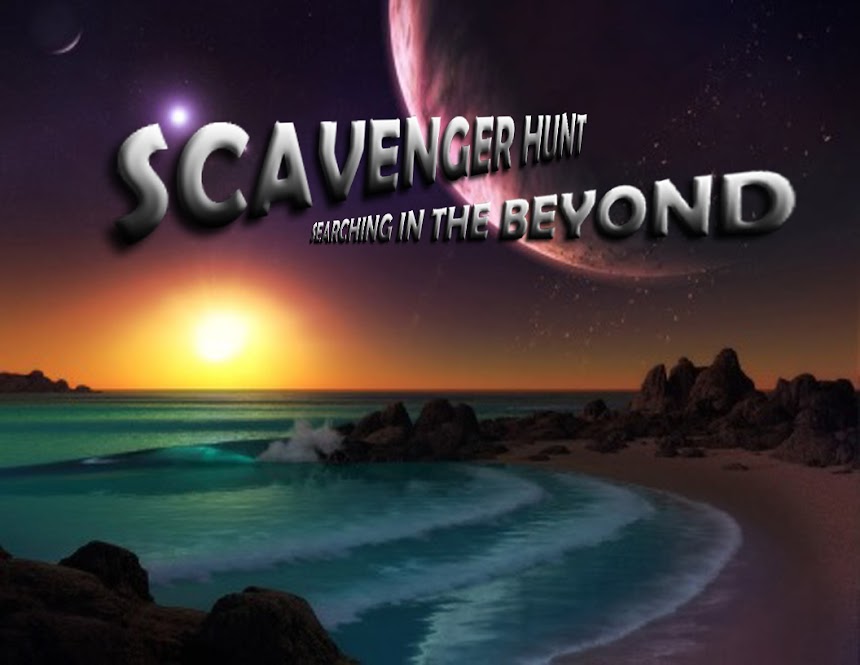Ceres, formally designated 1 Ceres, is the smallest identified dwarf planet in the Solar System and the only one in the asteroid belt. It was discovered on 1 January 1801, by Giuseppe Piazzi, and for half a century it was classified as the eighth planet. It is named after Ceres, the Roman goddess of growing plants, the harvest, and motherly love.
With a diameter of about 950 km (590 mi), Ceres is by far the largest and most massive body in the asteroid belt, and contains almost a third (32%) of the belt's total mass. Recent observations have revealed that it is spherical, unlike the irregular shapes of smaller bodies with lower gravity. The Cererian surface is probably a mixture of water ice and various hydrated minerals such as carbonates and clays. Ceres appears to be differentiated into a rocky core and ice mantle, and may harbour an ocean of liquid water underneath its surface.


No comments:
Post a Comment